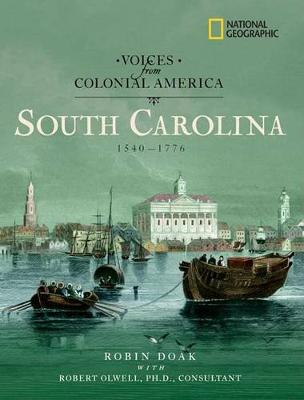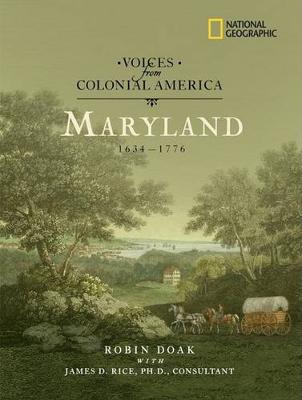Voices from Colonial America
5 total works
Step back into the early years of South Carolina when the Cherokee and the Catawba were the largest of 29 native groups; and when the colony was one of the few places where Jews and Quakers were welcome in the New World. Learn how the first indigo plants were grown by a 16-year-old girl; and meet such Revolutionary War heroes as Francis "Swamp Fox" Marion and Thomas "the Gamecock" Sumter.
National Geographic supports K-12 educators with ELA Common Core Resources.
Visit www.natgeoed.org/commoncore for more information.
Voices from Colonial America: California 1542-1850 (Direct Mail Edition)
by Robin Doak




